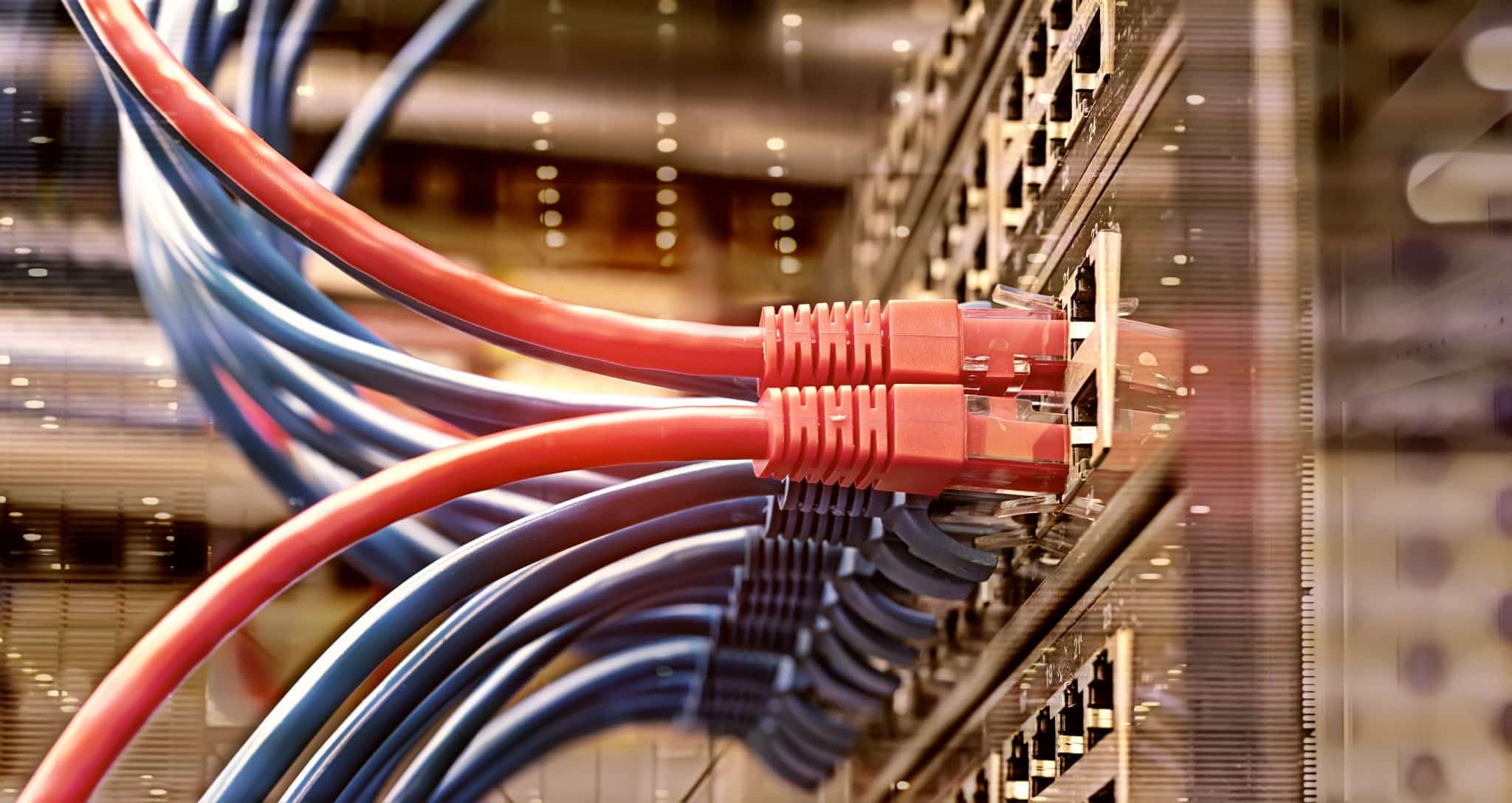Types of data cables
A data cable is used to transmit information between systems in binary electrical signal form. The binary data comprises a sequence of zeros and ones as electrical signals. We need some transmission mechanism to transfer data from any source to a destination. Data cables provide that connection between different hardware elements and make data transmission possible. Not only this, but data cables also facilitate a computer to communicate with another computer.
The type of data cabling you use or require depends significantly on the environment. For instance, Ethernet cables such as CAT5e and CAT6 cables help transfer data between two different computers in a network. On the other hand, coaxial cables and USB cables connect peripheral devices such as printers and cameras to the computer.
Types of Data Cable
Data cables can broadly be classified into three main types depending on the frequencies at which they carry signals and their applications:
Coax Cables
Coax cables or coaxial cables are used in older computer networks. Shielded twisted pair cables have now replaced them as a standard in the computer industry. However, coax cable networks still use cables for providing television communication data. Coaxial cables are large round wires that have an internal core wire sending the data. A shield and an insulator surround the core cable to preserve the data signal.
Fiber Optic
Fiber optic cables are used wherever fast data connections are required. Fiber is commonly used by cable and telephone companies to provide a quick and secure Internet connection. Fiber optics make use of glass and light as the mechanics to transmit data. The optic fiber cables are quite fragile and require network cards and a unique plug to transmit signals.
Twisted Pair
Twister pair wires are primarily used in telephony and computer network cabling. These cables contain two copper wires – one for carrying the signal and the other for ground reference. Most cable networks are wired with shielded twisted pair cable. These wires have a cover that helps minimize signal degradation from other sources. The twisted-pair cables get their name from the twists present in the wires throughout the cabling. These twists help preserve data transmission and keep the problem of signal deterioration at bay. However, if this type of cable is used more than 300 feet at a stretch, there tends to be degradation of the signal.
Twisted Pair Cables are further classified into two types:
- Shielded Twisted Pair: These cables have a metal shield covering over the insulated conductor.
- Unshielded Twisted Pair: These cable types do not have an additional metal shield over the conductor.
Data cable transmits telephone signals, cable TV signals, and Internet communication. However, each type of data cable operates in a different way. Suppose you are working on LAN networks or Ethernet. In that case, you should preferably go for a cabling service with twisted-pair cables. However, if you require a higher frequency and something that would work on a TV, you should choose coaxial cables. For cost-effective, lightweight, and broader bandwidth, go for fiber optic cables.
Regarding data cabling and computer networking, it is best to speak to the IT service and IT support industry professionals. Contact Priority Networks Inc for more information on data cables and data cabling services.




